New Mexico and Oklahoma, July 2019
In late July, I made a trip out to New Mexico and Oklahoma. I did some
work in Los Alamos, explored for a few days around central and eastern
New Mexico, and visited my Uncle Mike and cousins in Guymon, Oklahoma.
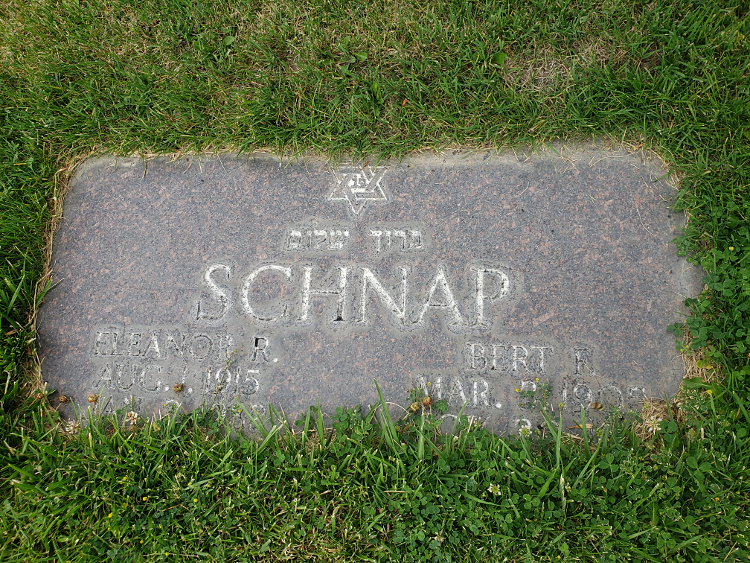
While in Los Alamos, I visited the grave of Rox's great aunt and uncle,
Eleanor and Bert Schnap. They came to Los Alamos during the Manhattan Project,
and never left. Bert was a biochemist, one of the first to study the effects
of radiation on living things.
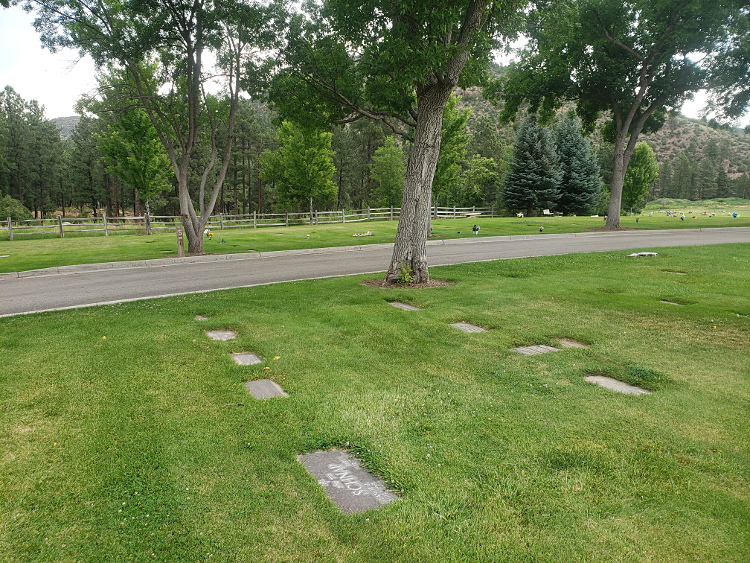
The Guaje Pines Cemetery is in a lovely setting amongst pine-covered hills.
Once I was done working, I explored for a couple of days.
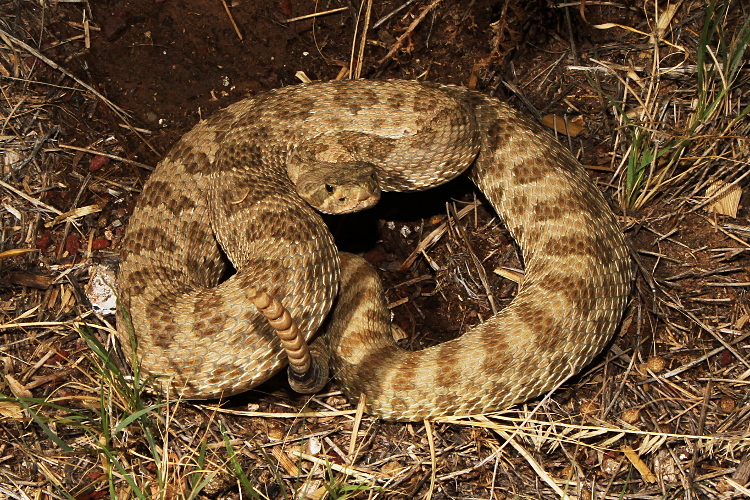
Prairie Rattlesnake (Crotalus viridis).
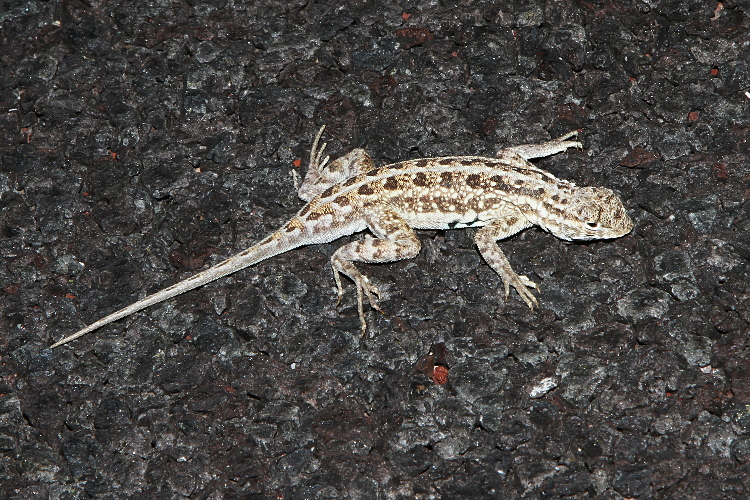
Speckled Earless Lizard (Holbrookia maculata approximans),
as found on a road at night.
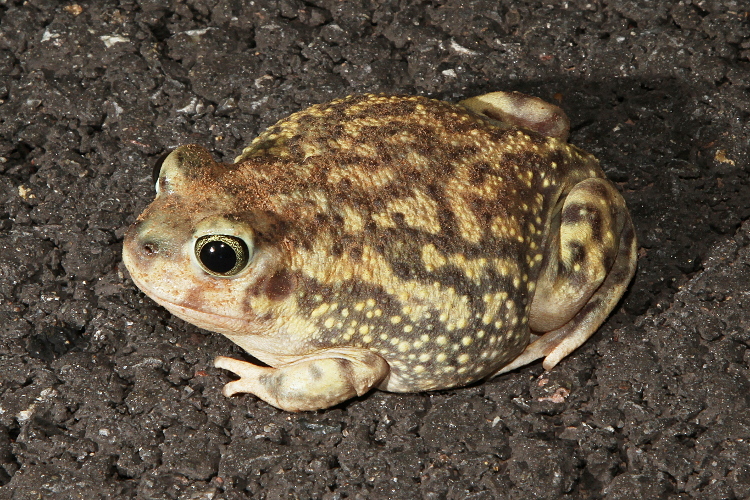
Couch's Spadefoot (Scaphiopus couchii).
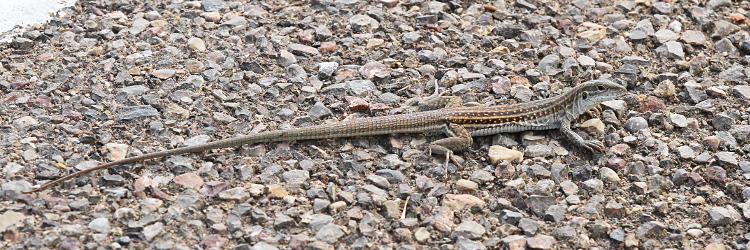
Chihuahuan Spotted Whiptail (Aspidoscelis exsanguis).
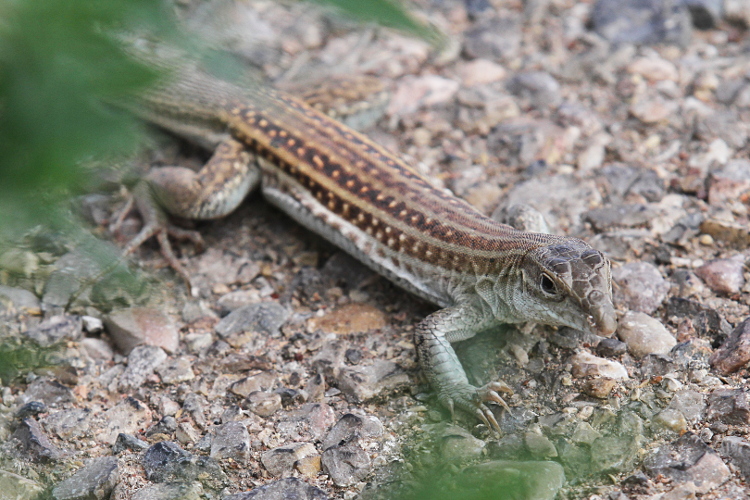
Another look at the Chihuahuan Spotted Whiptail.
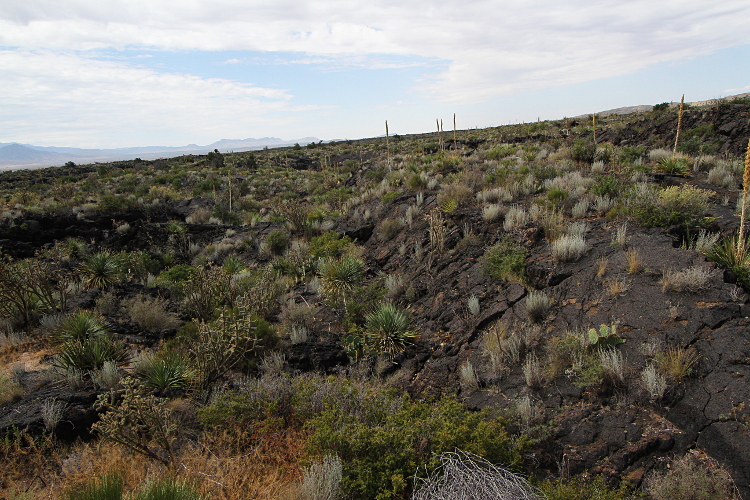
Habitat where the Chihuahuan Spotted Whiptail was found. Actually it was along
the side of the road that goes through this habitat, which is probably
more whiptail friendly.
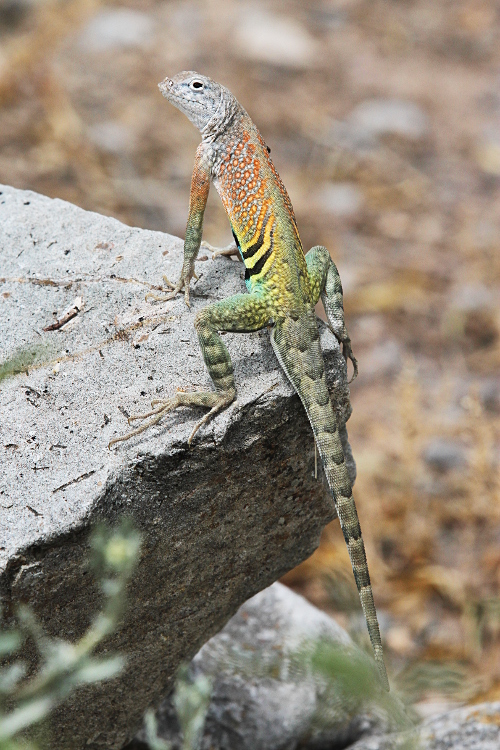
Southwestern Earless Lizard (Cophosaurus texanus scitulus), also
known the Greater Earless Lizard.
This is a gaudy male.
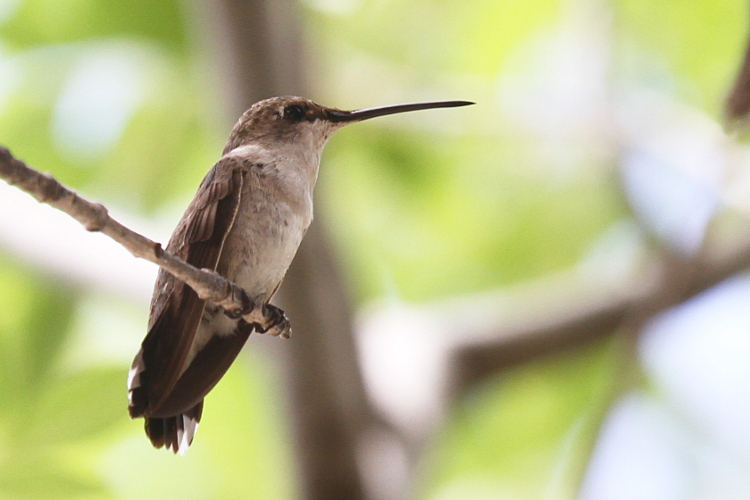
Anna's Hummingbird (Calypte anna).
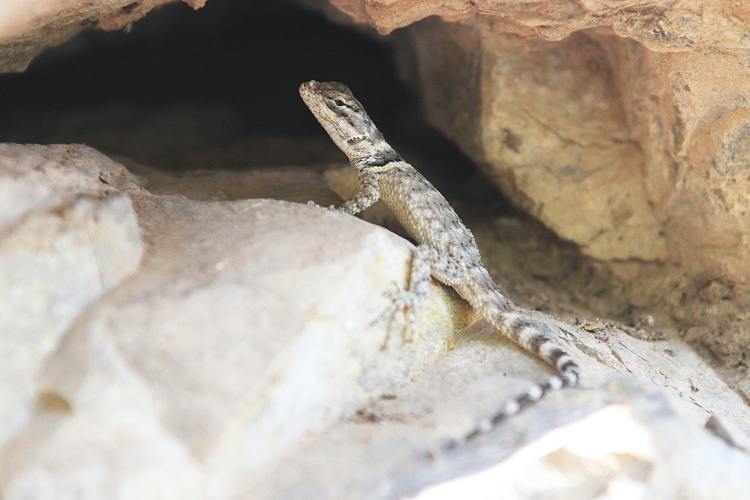
A juvenile Crevice Spiny Lizard sceloporus poinsettii).
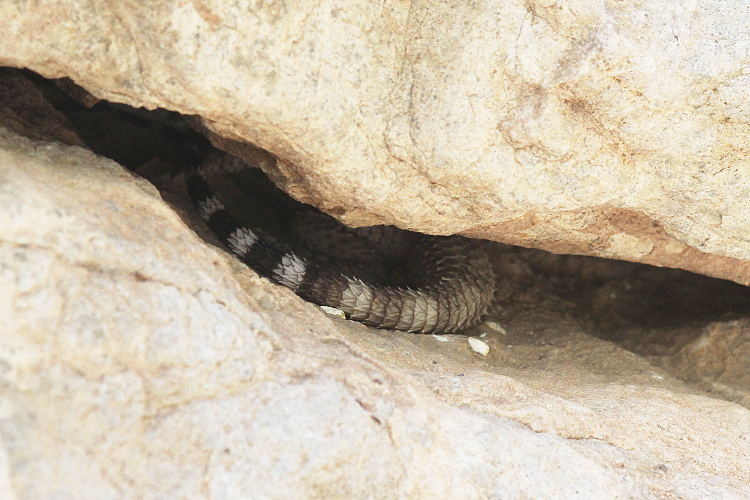
An adult Crevice Spiny. It is pretty common, in my limited experience,
to see them like this -- in a crack with their tail semi-exposed.
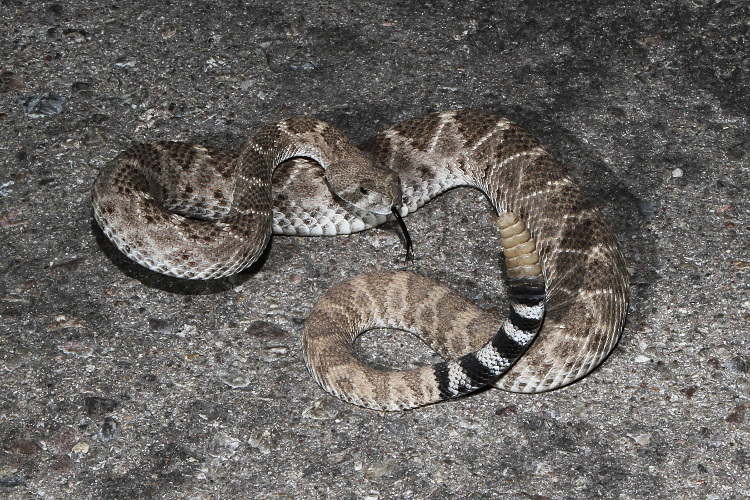
A Western Diamondback Rattlesnake (Crotalus atrox).
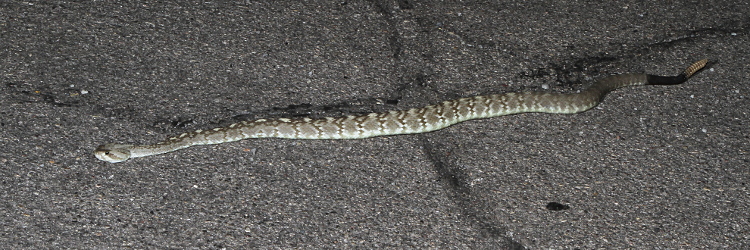
Eastern Black-Tailed Rattlesnake (Crotalus ornatus), as found.
I think I prefer this common name to "Ornate Black-Tailed Rattlesnake",
as I do not think this subspecies is particularly ornate.
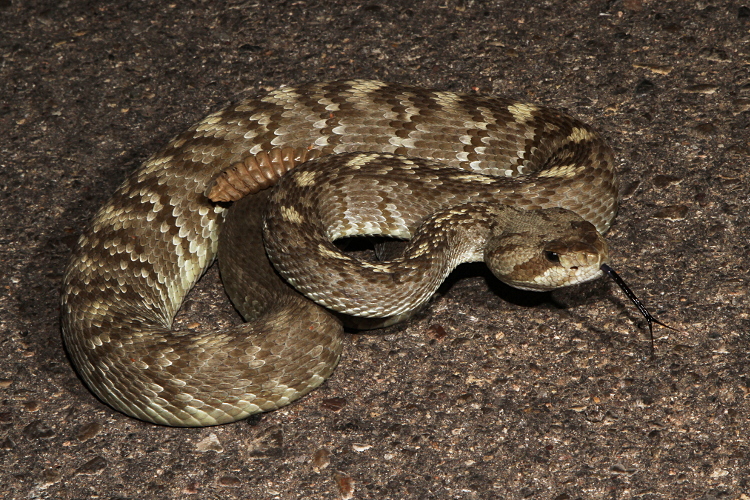
Another look at the blacktail.
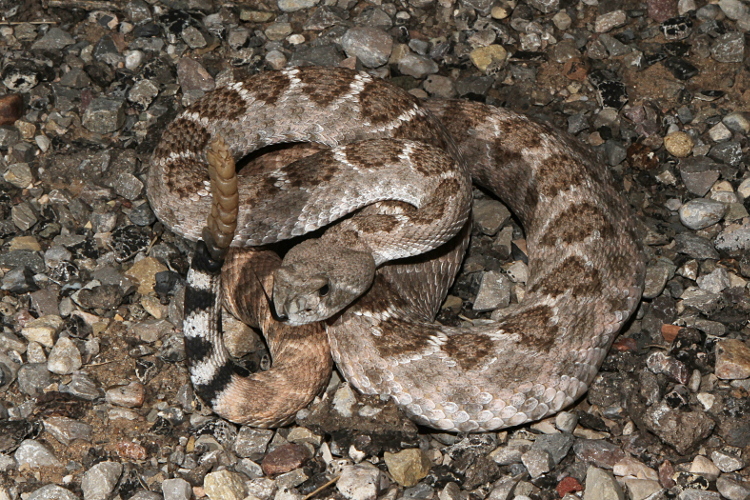
A Western Diamondback Rattlesnake (Crotalus atrox).
I visited White Sands National Monument while I was in New Mexico.
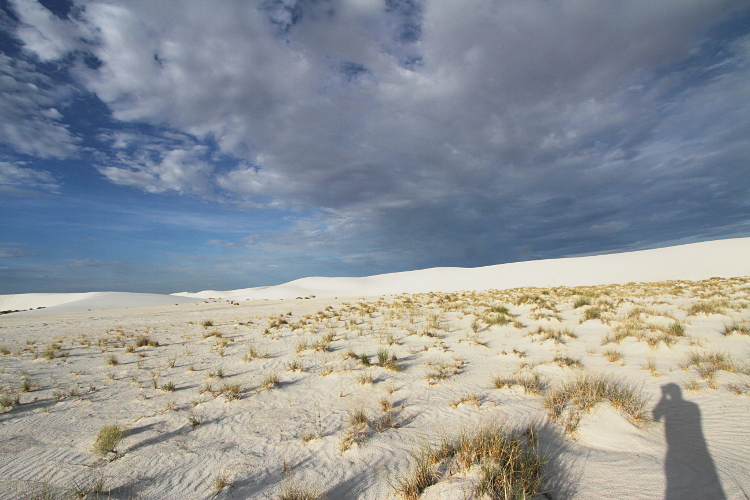
The sands are made up gypsum, and are quite different from the ones
I've seen in California. This was pretty early in the morning. The
shadow is of course mine.

Another look at the early morning sands.
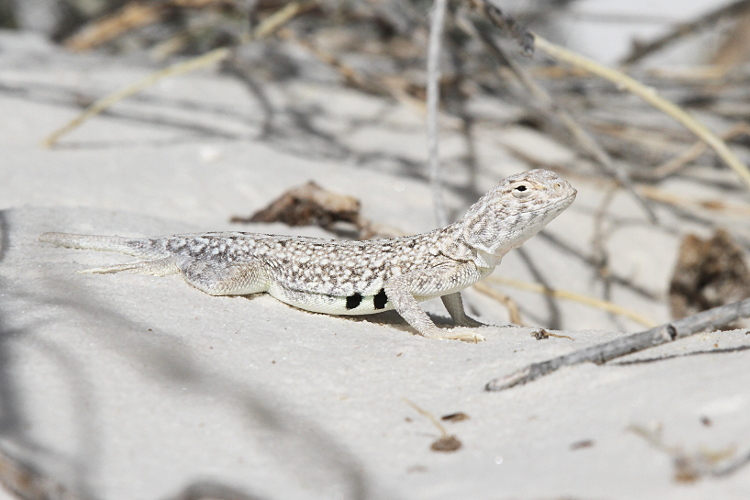
It took a while for the lizards to come out. The first species I saw
was the Bleached Earless Lizard (Holbrookia maculata ruthveni.
This subspecies on occurs at White Sands.
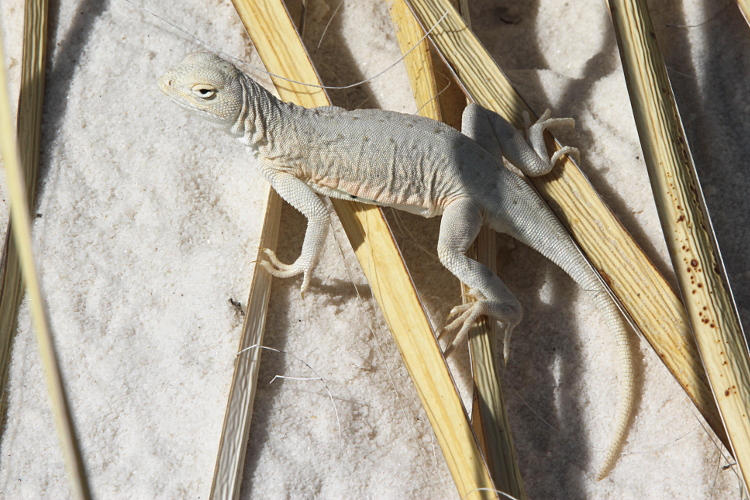
Another Bleached Earless Lizard.
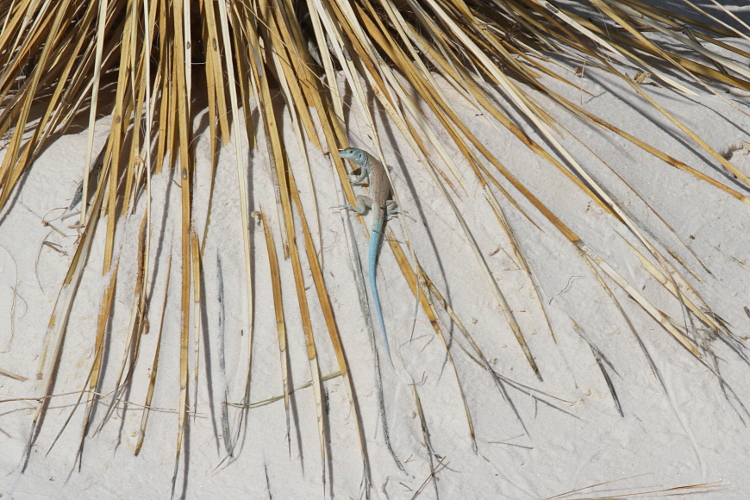
A Little White Whiptail (Aspidoscelis gypsi).
This species only occurs at White Sands. The bleached color of the
lizards here obviously helps them blend in better.
The whiptails, as usual, were more difficult to photograph.
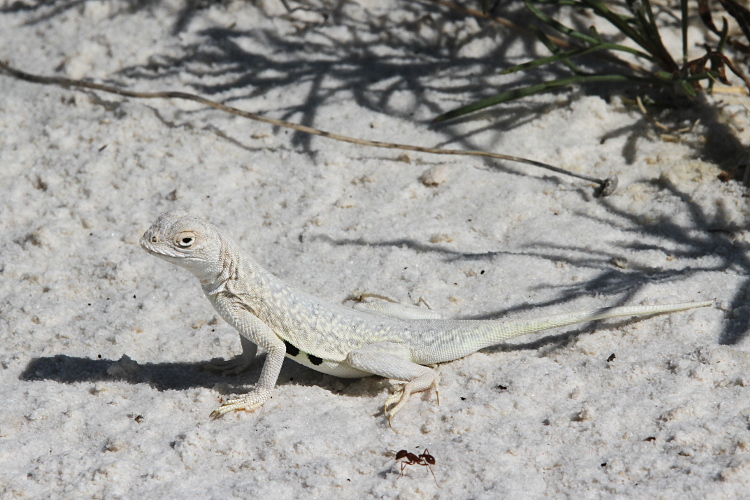
Another Bleached Earless Lizard.

A Little White Whiptail.
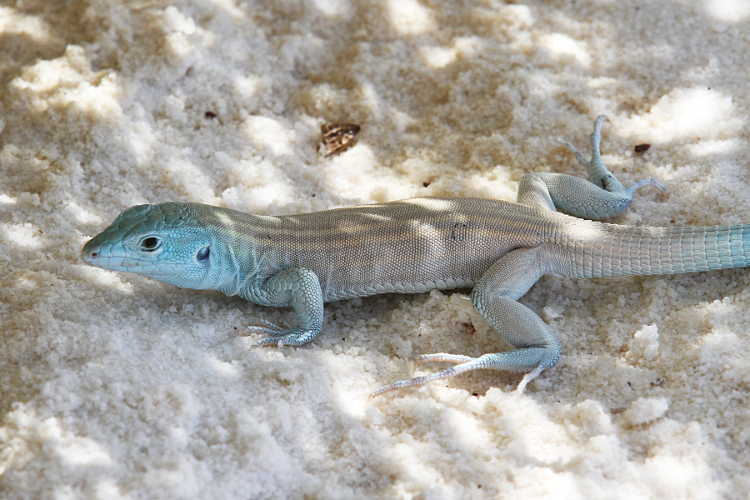
A closer look at the same lizard.
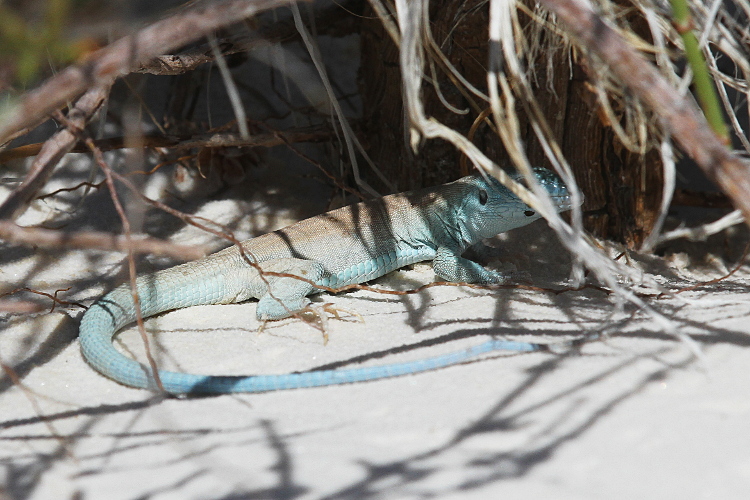
Another Little White Whiptail. This was more typical, playing hard to get.
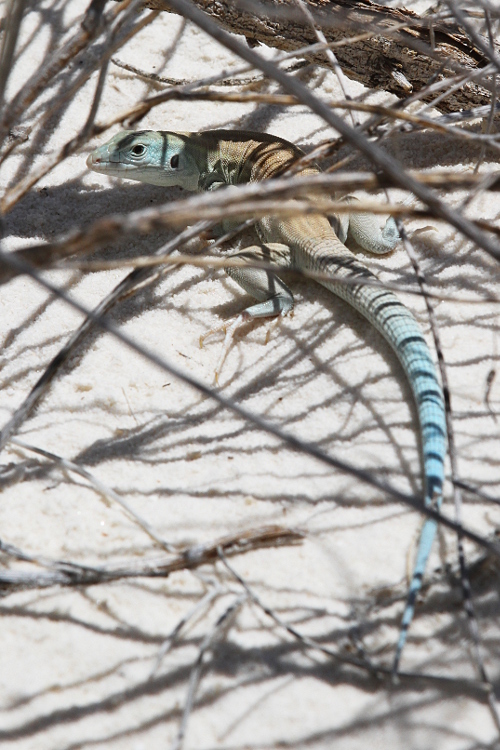
One more Little White Whiptail.
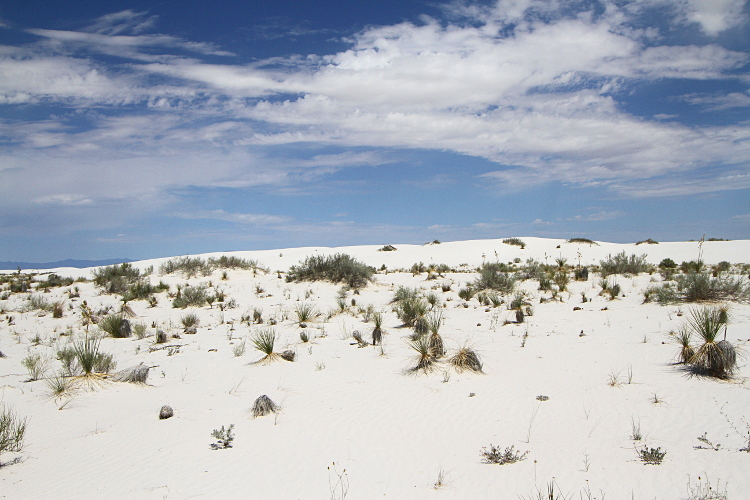
The habitat where the Bleached Earless Lizards and Little White Whiptails
were seen.

Another look at the habitat. By 10:30 am, it was approaching 100F and it was
very hot. This may have been the brightest light I have every been in --
the photos do not do justice to how white and reflective the sand is.
Don't forget your sunglasses and sunscreen...
Next I went to Guymon, Oklahoma, located in the panhandle.

My Uncle Mike and cousins Carla, Marsha, and Donna.
Carla drove in from Dallas.
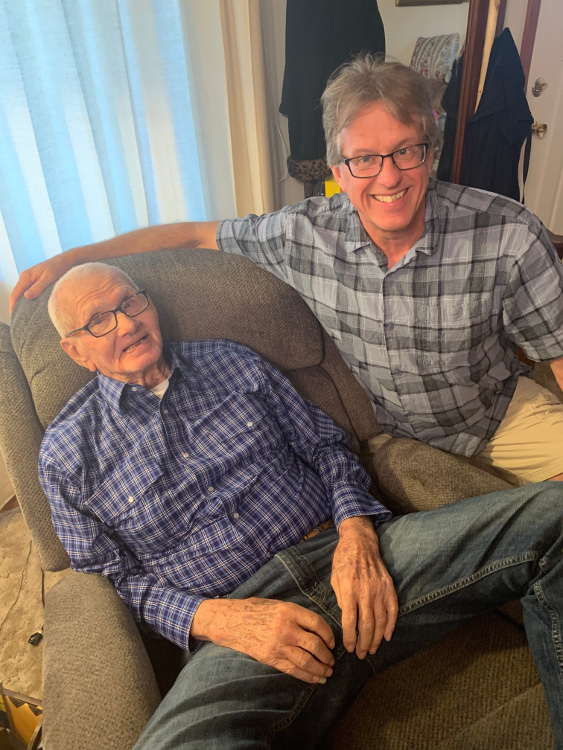
Uncle Mike and me.
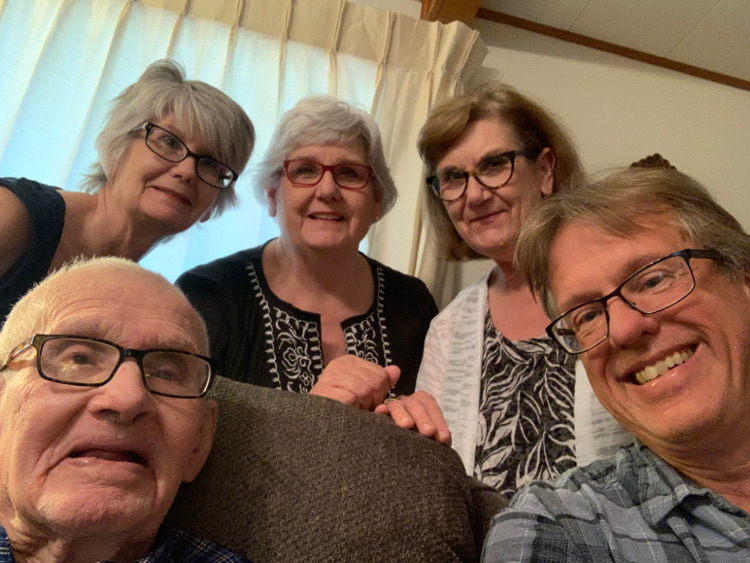
All of us.
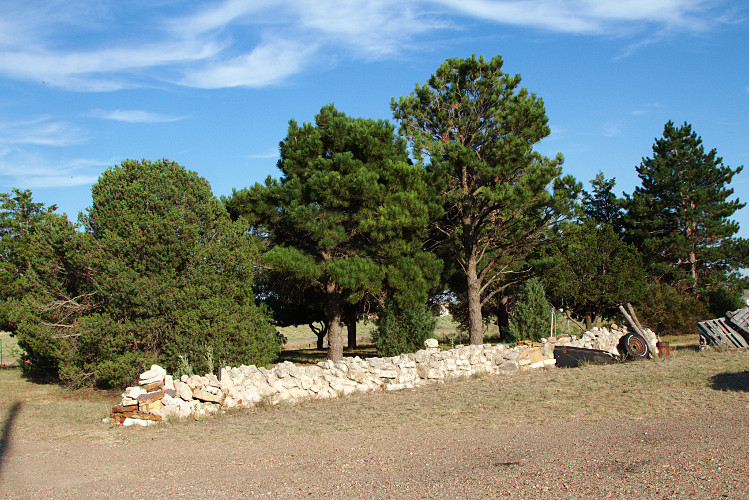
A rock wall at Uncle Mike's. This brings back childhood memories.
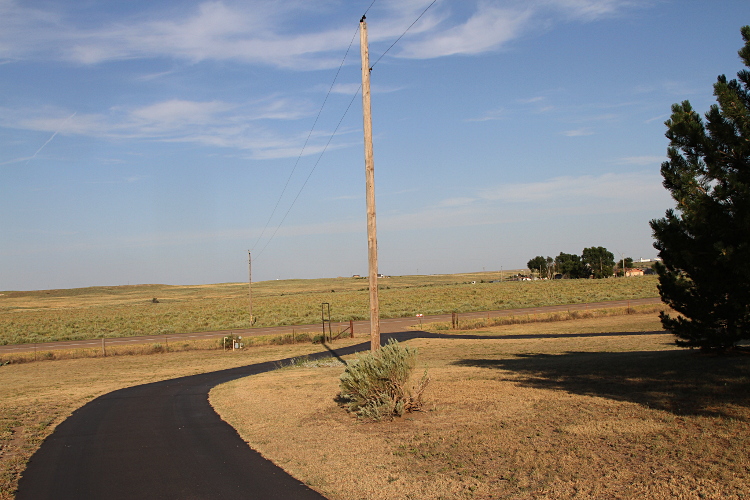
Uncle Mike's driveway.
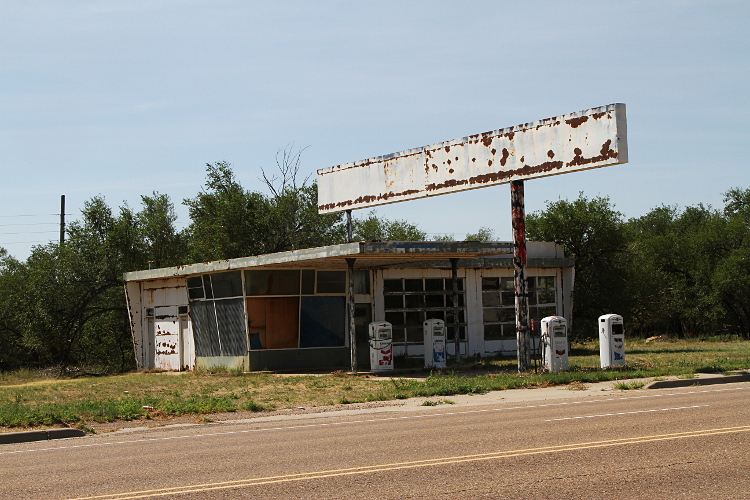
A gas station of yesteryear. This was a pretty common sight when I was well
off the interstate in central and eastern New Mexico.
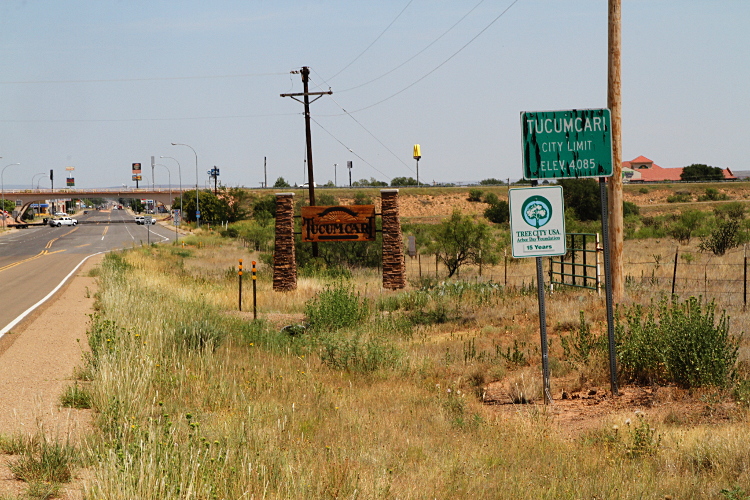
The town of Tucumcari. The population is about the same as the elevation.
It's a Rail Baron town.
It was a great trip. I'd like to do it again. Maybe Roxanne will be able
to come next time.


































